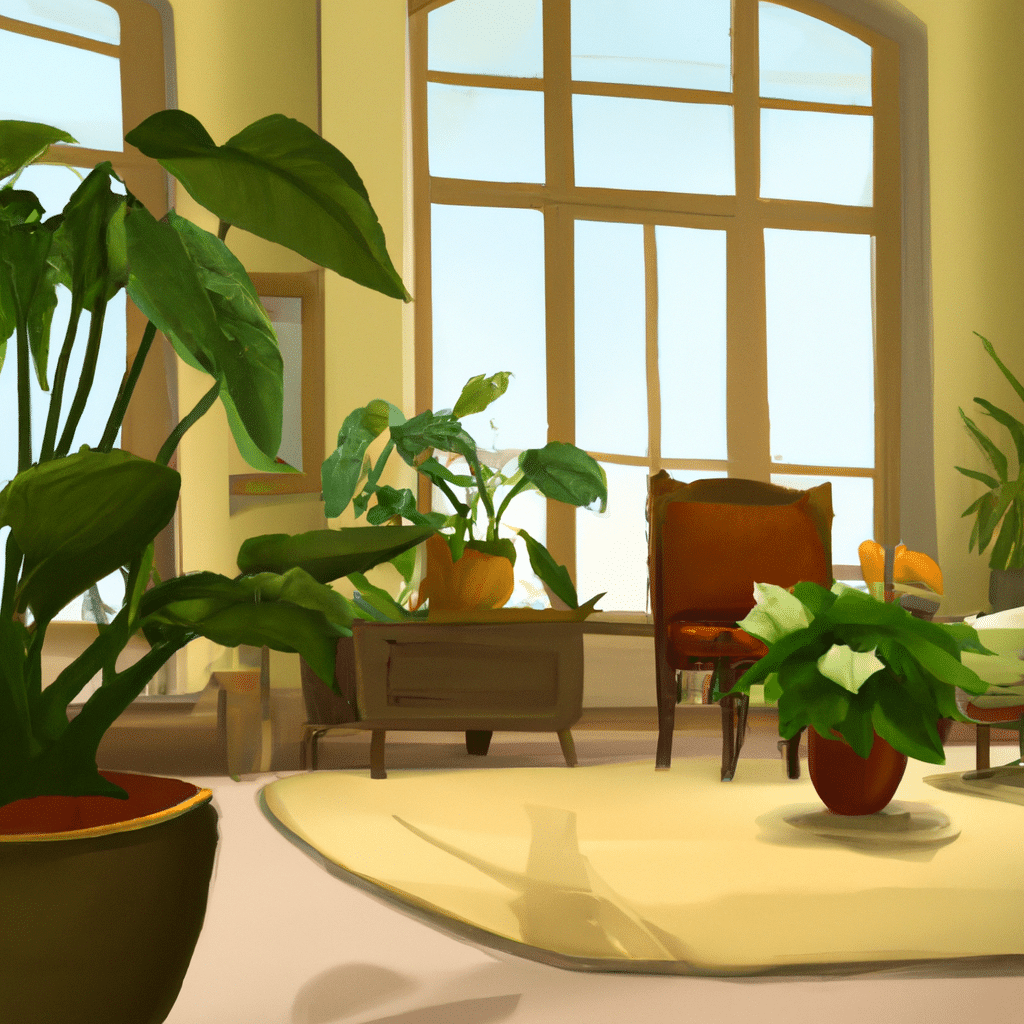As homeowners, we all strive for a comfortable and inviting atmosphere in our homes. One of the key factors that can help achieve this is natural light. Not only does it create an aesthetically pleasing environment, but it also has numerous health benefits such as improving mood and reducing stress. In this article, we will discuss how to optimize natural light in your home for a brighter, more inviting space.

Understanding the Benefits of Natural Light
Before we delve into optimizing natural light in your home, it’s important to understand the benefits it provides. Natural light not only brightens up a room, but it can also improve your overall health and wellbeing. Exposure to natural light has been shown to improve mood, increase productivity, and reduce stress levels. It can also help regulate your circadian rhythm, which is essential for a good night’s sleep.
Assessing Your Home’s Natural Light
To optimize natural light in your home, it’s important to first assess the current state of your home’s natural light. Take note of which rooms have ample natural light and which ones are lacking. Consider the direction your windows face and the amount of shade or obstructions they have. This will give you a better understanding of the areas that need improvement.
Enhancing Natural Light with Reflective Surfaces
One of the easiest ways to enhance natural light in your home is by incorporating reflective surfaces. Mirrors, glass tables, and shiny metallic objects can all help reflect natural light and brighten up a room. Consider placing a large mirror opposite a window to reflect light back into the room. This not only enhances natural light but also creates the illusion of a larger space.
Choosing the Right Window Treatments
Window treatments play a significant role in optimizing natural light in your home. Choosing the right ones can help filter light while still allowing it to enter the room. Light-colored or sheer curtains allow for maximum natural light while still providing privacy. If you prefer a darker room for sleeping, consider blackout curtains that can be easily pulled back during the day to let in natural light.
Maximizing Natural Light with Color
The colors you choose for your walls and furniture can also impact the amount of natural light in your home. Lighter colors tend to reflect natural light, while darker colors absorb it. Consider painting walls in light colors such as white, beige, or light grey to maximize natural light. You can also incorporate light-colored furniture and accessories to further enhance natural light in your home.
Adding Artificial Lighting to Complement Natural Light
While natural light is ideal, it’s not always available in abundance. Adding artificial lighting can help complement natural light and create a brighter, more inviting space. Consider adding a mix of ambient, task, and accent lighting to create a layered lighting effect. This not only enhances natural light but also creates a cozy and comfortable atmosphere.
Enhancing Natural Light with Greenery
Adding greenery to your home is not only aesthetically pleasing but can also enhance natural light. Plants can help filter sunlight and create a natural, organic feel in your home. Consider placing potted plants near windows to filter natural light as it enters the room. Not only will this enhance natural light, but it will also create a healthier indoor environment.
Conclusion
Optimizing natural light in your home is a simple way to create a brighter, more inviting space. Understanding the benefits of natural light, assessing your home’s natural light, enhancing natural light with reflective surfaces, choosing the right window treatments, maximizing natural light with color, adding artificial lighting to complement natural light, and enhancing natural light with greenery are all ways to create a more comfortable and inviting atmosphere in your home. By following these tips, you can create a space that not only looks beautiful but also has numerous health benefits.
Related posts:
No related posts.




